50 Words or Less
The PING G440 SFT driver is arguably the best option off the tee for players struggling with a slice. Strong, adjustable draw bias. Supreme forgiveness.

Introduction
I’m a believer in the idea that if you’re going to do something, you should do it all the way. That’s why I’ve been such a big fan of PING’s SFT drivers. Since their inception, they’ve offered some of the strongest slice-busting tech in golf. I tested the new PING G440 SFT driver to see if it lived up to the reputation of its predecessors.

Looks
One of my favorite things about the PING G440 SFT driver is that it doesn’t look like an anti-slice driver. I’ve sat the SFT and MAX drivers next to each other numerous times, and I cannot see a meaningful difference. Both drivers tilt just slightly toward the heel with a shape that is nicely proportioned rather than being overly stretched from front to back. That said, the G440 SFT driver does sit more closed in the neutral setting.

That similarity continues to the look in the bag. The G440 SFT has the same bold PING branding across the middle of the head, flanked by “G440” and “SFT”. Those with sharp eyes will notice the one key difference: the weight at the back of the head has only two positions on the SFT, not three like the MAX and LST.
Comparing the PING G440 SFT driver to the G430 SFT driver [review HERE], the address look has changed substantially. Two things that have been removed are the angular indentations and the texture on the edges of the crown. What’s new is the Carbonfly Wrap crown, which was previously seen only on the LST models [G440 LST driver review HERE]. I think that overall, the G440 SFT has a better, cleaner look at address.
Sound & Feel
The similarities between the PING G440 SFT driver and the G440 MAX [review HERE] continue with the sound and feel. Thanks to the aforementioned Carbonfly Wrap, PING was able to give this driver a “more muted, pleasing sound” at impact. Indoors or out, the G440 SFT driver is below average in volume. That’s enhanced by its mid-bass register. I would describe the sound as a “thwack” that can get a little “pop” on mishits.
Through the hands, the G440 SFT is strong and solid. On center, there’s an added feeling of speed, but it never loses the sense of strength. There’s quality feedback through the hands, despite this being a very stable driver. If you’re paying attention to impact, you should be able to locate where the ball hit the face with good precision.

Performance
Going back for several generations (of clubs, not humans), slicers have not had a better friend than the PING SFT drivers, and that remains true with the G440 SFT. That’s not only due to the strong draw bias, it’s because PING builds everything in this club around the idea of busting the slice.

Getting slices to straighten up starts with the weighting. Like its predecessor, the PING G440 SFT driver has two weight settings: Draw and Draw+. Moving the 23 gram tungsten weight produces a 7 yard change, per PING, from a 13 yard draw to a 20 yard draw. In addition to this weight, the G440 SFT sits more closed in the neutral setting, and it comes with a lighter swing weight – D0 vs. D3 in the MAX.

All these components add up to create one of the strongest anti-right drivers on the market. As someone who naturally hits a small draw, I was seeing nothing but pronounced right-to-left ball flights. The Draw+ position had me white knuckling it to not power hook the ball. If you struggle with a slice, this driver can go a long way to fixing your ball flight.

In addition to helping to promote a draw, the PING G440 SFT driver is extremely forgiving. This took a while for me to appreciate – I was preoccupied with the amount of draw I was producing – but it was evident when I looked back at my launch monitor data. Thanks to the shallower, thinner face, the ball speed is very high on and off center, and the deep, low CG keeps the ball on track even when your swing isn’t.
One major change for the PING G440 SFT driver over its predecessor isn’t a new form of tech, it’s an additional loft. Previously, the SFT driver had been available only a 10.5 degrees. The G440 SFT adds a 9 degree option so that players who need lower launch and spin can enjoy the benefits of this slice-busting model.

Though the PING G440 SFT driver has different weight adjustability than the MAX and LST, they all share the same adjustable hosel. Golfers can add or subtract 1.5 degrees of loft which will also change the face angle. Additionally, they can flatten the lie angle up to 3 degrees. Players who slice are unlikely to want to flatten the lie angle, but this could make the SFT playable for those that simply want the sweet spot closer to the heel.

Finally, PING is among the industry leaders in shaft options. There are four excellent PING-specific options plus the Denali Red and Mitsubishi TENSEI 1K Black [review HERE]. The stock length will vary depending on the shaft that you choose – 46″ with the PING Alta CB Blue, 45.5″ with the PING Tour, Denali, or TENSEI. PING also details the changes that the different shafts will make on swing weight on their website, but the G440 SFT comes stock at D0.
*I tested all three PING G440 driver heads with the PING Tour 2.0 Chrome to make the launch monitor data an apples-to-apples comparison of the heads.
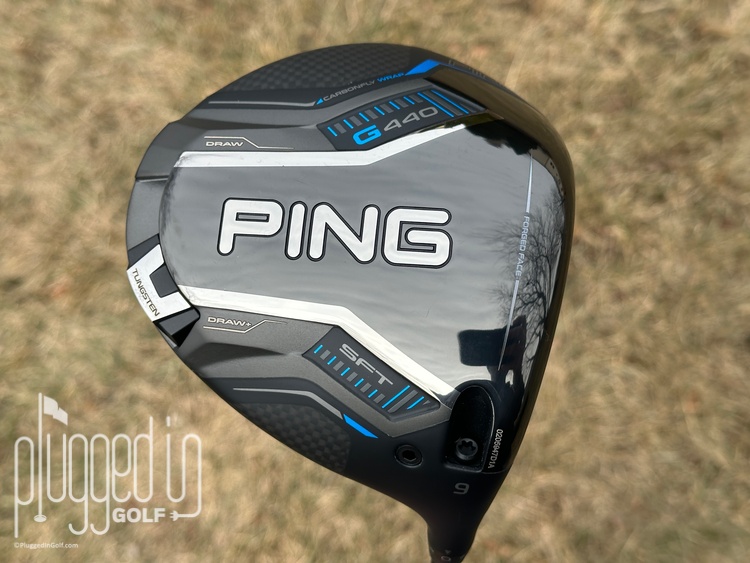
Conclusion
If you struggle with slicing the ball off the tee, you could take hours of lessons and beat hundreds of range balls in an attempt to fix it. Or, you could visit your fitter, put the PING G440 SFT driver in your bag, and cure the problem in an afternoon. Neither choice is bad, but one brings fun into focus a whole lot faster.
Support Plugged In Golf, Shop HERE
PING G440 SFT Driver Price & Specs

He founded Plugged In Golf in 2013 with the goal of helping all golfers play better and enjoy the game more.
Matt lives in the northwest suburbs of Chicago with his wife and two daughters.
- Callaway Elyte Hybrid Review - June 3, 2025
- TaylorMade R7 Quad Mini Driver Review - June 2, 2025
- Newton Fast Motion Shaft Review - May 30, 2025




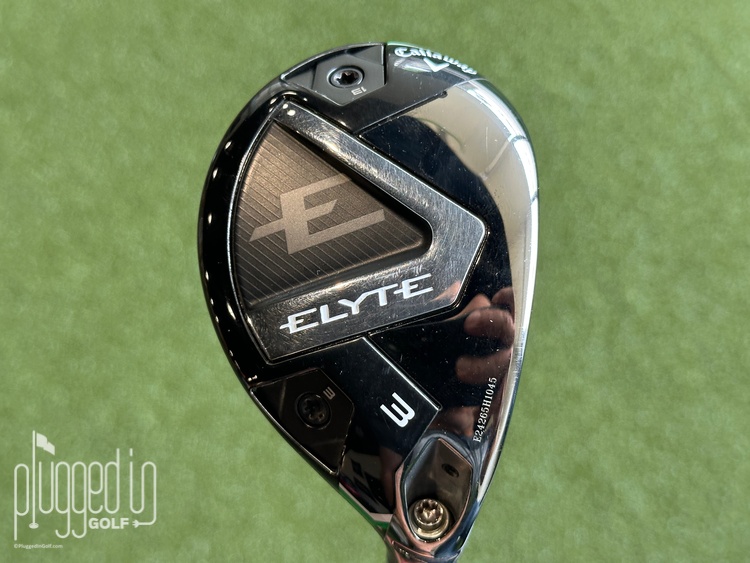
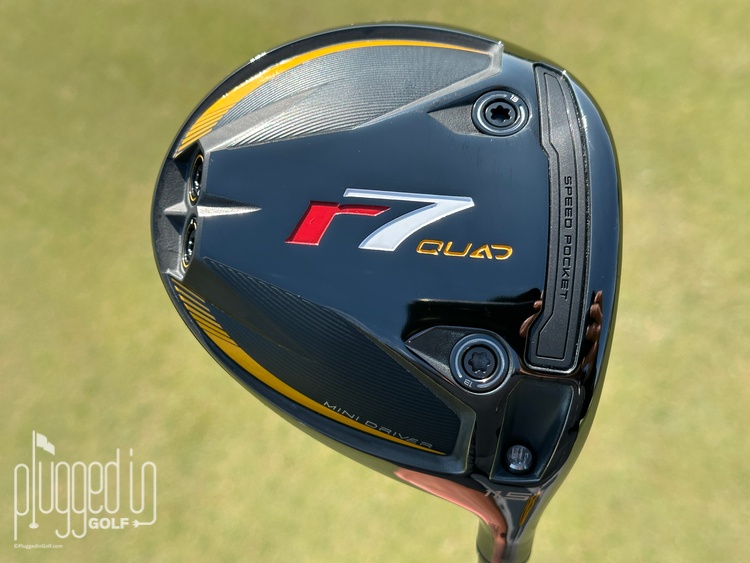
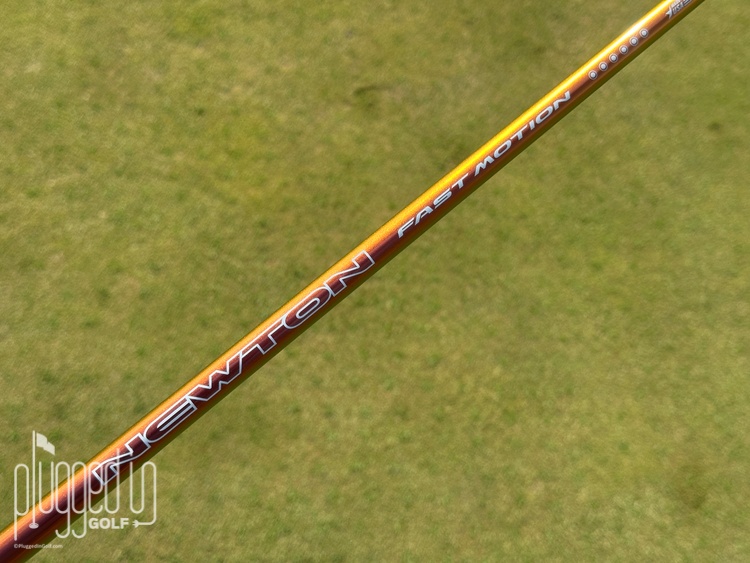


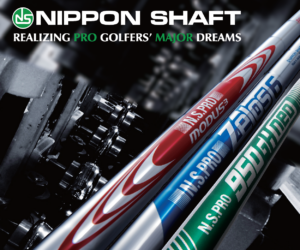






10 Comments
Matt, very nice review, as always!
Just out of curiosity: wouldn’t a 46″ shaft be counterproductive for the majority of golfers this kind of driver is aimed at?
Longer shafts make it harder to control the club, leading to more off-center hits and wider shot dispersion. Also, while theoretically, a longer shaft can increase swing speed, real-world gains will be minimal for amateurs. Moreover, off-center hits caused by reduced accuracy likely result in lower ball speed and distance, thus negating any potential benefits.
If I remember correctly, the average driver length on the PGA Tour is around 44.5″. So, if even the Pros avoid longer shafts, why/how would a recreational player benefit from them?
Jay,
No, shaft length is just a fitting variable: /does-longer-shaft-hit-longer-drives-golf-myths-unplugged/
/are-shorter-driver-shafts-more-accurate-golf-myths-unplugged/
Best,
Matt
I believe if the golfer is short in stature, say below 5 feet 7”, a shorter driver is more controllable.
Peter,
While I’m not necessarily arguing, what data is that based on?
-Matt
Matt, I’ve noticed some tour players do use shorter drivers. One in particular, Rickie Fowler was using. 44 inch driver and still achieves competitive distances. I use a short shaft and I find that I achieve more consistent centre strikes. It just feels more controllable. This is why many mid handicap club golfers often use 3 wood or the Mini drivers
Peter,
Thank you for the follow up.
Some Tour players do use shorter shafts. They’re also players who can generate elite speed on their own, so they don’t need the extra MPH.
I would (and do) argue that any recreational player consistently using a 3W or mini driver in place of a 460 cc driver is making a really bad decision because they’re giving up distance (very likely) and forgiveness (certainly). If they need a shorter shaft, they should get their driver modified.
What I bristle against (and I don’t mean to straw man you or put words in your mouth, I’ve just got over fifteen years of scar tissue on these topics) is the general statements that people take as gospel. Every player needs to get fit, period. There are tall players that will benefit from short drivers and vice versa. When we throw out things like, “All players under X height should play drivers under X length” we’re curtailing golfers’ ability to explore all equipment options, which is not a good thing.
Best,
Matt
Did you try the 440 SFT at 7.5-,8° ? It could make it a good fit for those of us that need a friendly driver that can lower spin and not like the LST model.
I didn’t, but I think that’s an interesting idea.
Best,
Matt
Readers should be aware that it is completely possible to slice these SFT drivers. You still have to make a decent swing. These just take the edge off. Same with the 10K Max. I game the 430 SFT and love it.
Great review of a great driver. I have used Ping SFT drivers since their inception, and just bough this new version – and it is as advertised. My one suggestion for such reviews would be that the club be tested by the type of person that it is meant to help. In this case, that the SFT be tested by a high handicap/ slicer (rather than a low handicap/ draw player, as here.). Thanks. Always enjoy your club reviews.